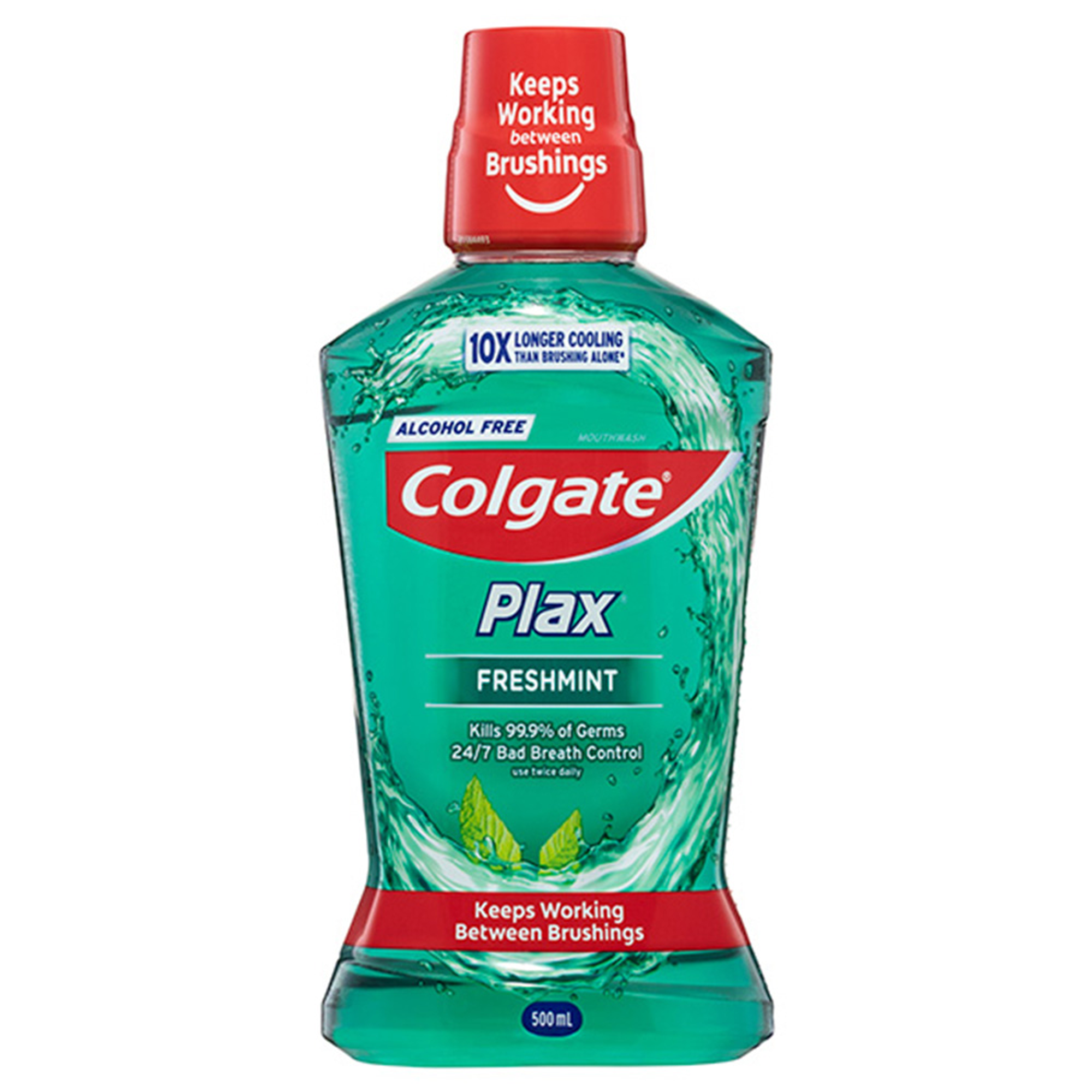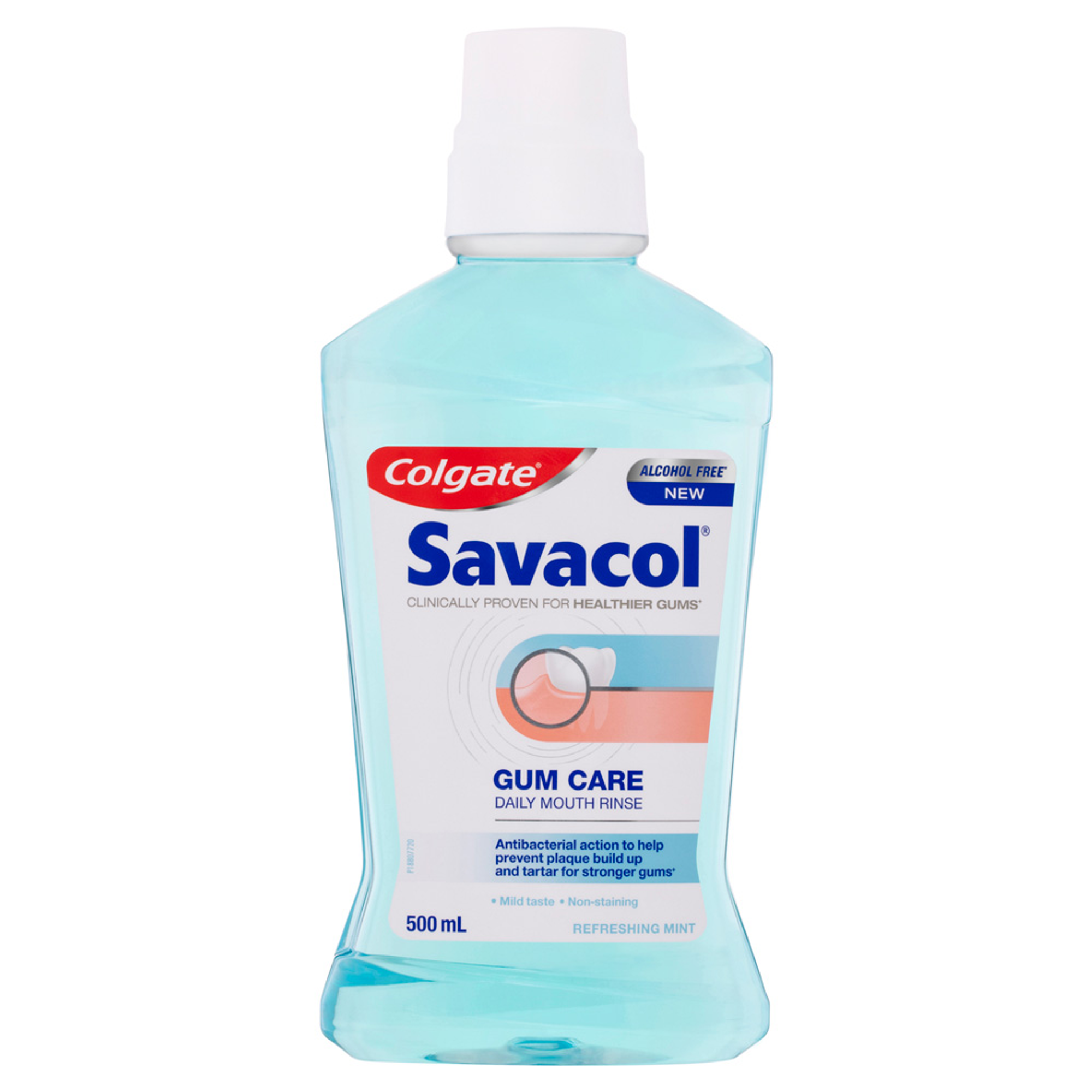
Graduated, found a job and have started seeing patients. The daunting transition from student to dentist. For those of you who are in the midst of this transition period, I am right there with you! Scary and exciting, all at the same time.
In order to help calm my nerves and help ease me into the ‘real world’, I sat down and picked the brains of some of my mentors and those who have emerged on the other side with minimal scarring. The number one thing they spoke about was communication. Unsatisfied with a simple recommendation of “better communication”, I delved deeper and managed to come up with 10 tips for better communication and the transition from student to dentist.
Actively listen. Patients want to be heard. Bit of effort but well worth it. We need to fully concentrate on our patients. Don’t look around the room, don’t watch your nurse set up, don’t stare at your shoes. We want our patients to see that we are listening. This means verbal and non-verbal. Nod your head, smile, agree by saying ‘yes’ or ‘mmm’ to encourage them to continue. This ‘feedback’ encourages the patient to communicate more easily, openly and honestly.
Be aware of non-verbal communication. Up to 55% of communication is non-verbal. This includes body language, gesture, posture, facial expression and proximity. 38% is paralanguage (vocal tone, pitch, pace and includes all your ‘ummms’ and ‘ahhhs’). And only 7% is the actual words we use.
Ensure the message has been delivered. Communication isn’t a one way street. It comprises a message, the encoding of that message (in most instances in the dental setting, this means turning that message into words and saying them), sending of the message, receiving the message, decoding the message and finally understanding the message. So how do we ensure our message has been decoded as intended? It’s actually pretty simple, we ask the patient for a recap. “Now that I have explained why gums bleed and a little about gum disease, how would you describe the disease?”
Don’t rush. This is especially important in our initial consultation and treatment planning appointment. According to everyone I have spoken to, this is the golden hour. Get to know your patient, show genuine interest.
Be confident (but leave your ego at the door). This is another point that was brought up time after time by everyone I spoke to. There is no doubt that right now we are little fish in a huge and overwhelming pond, but we have just spent the last 4 or 5 years devoted to learning all that we can about the mouth, our knowledge far surpasses that of our patients, that is why they are coming to us, dentists, and paying for us to help them.
This doesn’t mean showing off and talking down to our patients. It does mean delivering information with conviction. Patients can sense a lack of confidence, they can sniff out fear and uncertainty the same way my dog finds a sandwich crust at every park we go to. And part of helping them is giving them the opportunity to understand why we do what we do and why the treatment we have planned and have concluded they require is in their best interest. If we don’t believe in what we are telling them and can't deliver it with confidence, why are they going to believe us, trust that they need it and spend money on it?
Lose the jargon. This was also brought up by every clinician and mentor I spoke to. If we overwhelm patients with jargon, they will have zero understanding of what we are talking about and will lose interest/zone out instantly.
Develop your own analogies and ways of explaining things. Almost every dentist I spoke to had a go-to way of explaining caries or periodontal disease. An analogy that the patient would be able to relate to and understand. However, this also brings us to point 8…
Remember that every patient is different and requires a tailored conversation. We can’t use the same script we were given in dental school on every patient we see. This goes for analogies as well. Some may work with 90% of patients but if you are explaining periodontal disease using a car analogy to a 85 year old lady and she looks lost, it may be time to mix things up a little.
Photograph everything and use the tools you have to help communicate. This was another point that was brought up consistently. Use radiographs and intraoral photos to help explain and educate.
Find a mentor/build a mentor network. I want to finish on this point because from personal experience, I would be lost without my mentors and because without them, this article would not exist. Who better to ask than someone who has been through this transition period (and survived).
What I’ve learnt from those around me is that in the end good communication comes down to caring about your patient and treating each patient as an individual. If we take the time to really listen to them and their needs, offer advice and educate (without lecturing them) and talk with confidence (but no ego), then we will be well on our way to developing long-term patient relationships and survive this transition period.
**The focus of this article has been on dentist-patient interactions, however, do not for a minute underestimate how important interpersonal skills are in regards to the team you will be working with. Dentistry isn’t a one-man-band and the team you work with is imperative to good patient-centred dentistry.
Mentors:
Dr Sam Koh (Instagram: Dr.SamKoh)
Dr Jonny Harrison (Instagram:JonHarr11)
Dr Aodhan Docherty (Instagram: Dr.Aodhan)
Dr Yohan Choi (Instagram: Dr.YohanChoi)
Dr Simon Chard (Instagram: DrSimonChard)
Dr Celine Higton (Instagram: DrCelineHigton)
Bianca Volpato is a new graduate dentist living in Melbourne after having completed a Doctor of Dental Medicine at The University of Sydney. Previously having studied a Bachelor of Medical Science (Honours) also at The University of Sydney, Bianca is passionate about health, communication and sustainability.
Join us
Get resources, products and helpful information to give your patients a healthier future.
Join us
Get resources, products and helpful information to give your patients a healthier future.











